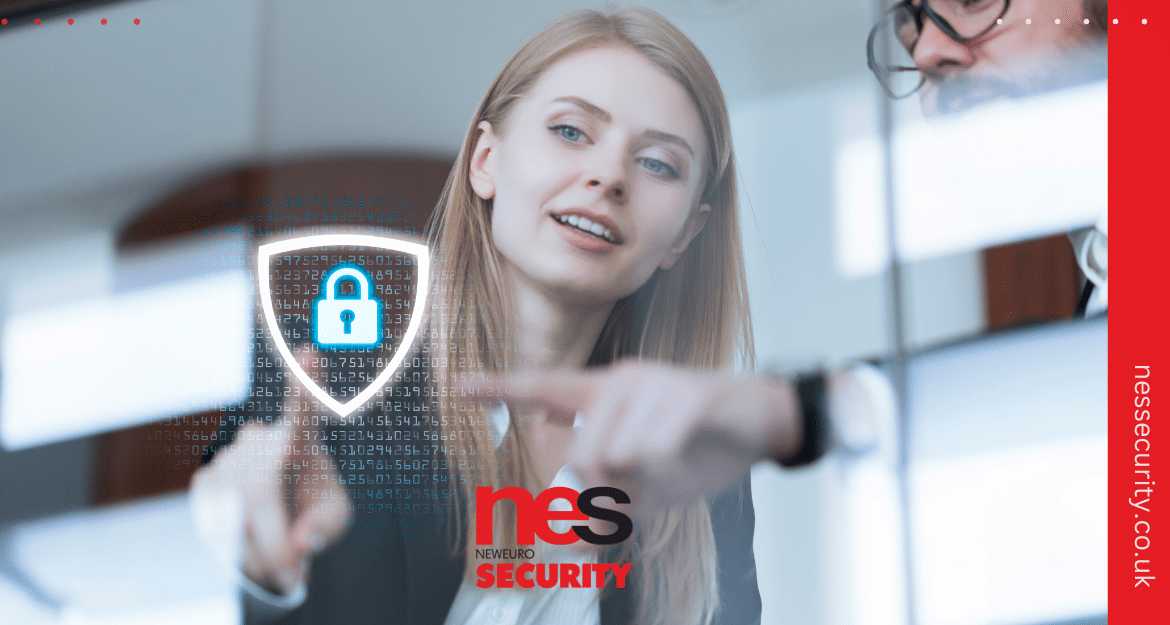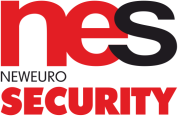In the digital age, network security is paramount. Whether you’re a homeowner or a business owner, protecting your network from cyber threats is crucial to safeguard sensitive information and ensure uninterrupted operations. Cyberattacks can have devastating consequences, leading to data breaches, financial losses, and reputational damage. To fortify your home or business network against potential threats, it’s essential to follow network security best practices. In this comprehensive guide, we’ll explore these practices to help you create a secure and resilient network environment, promoting peace of mind and confidence in your online activities.
Keep Your Network Software Up to Date
One of the simplest yet most effective network security practices is to keep all your network software up to date. This includes not only your operating systems but also routers, firewalls, and other network devices. Software updates often contain critical security patches that address known vulnerabilities exploited by cybercriminals. By regularly checking for and installing updates, you ensure that your network is protected against emerging threats and potential breaches.
Implement Strong Password Policies
Password security is fundamental to network protection. Implementing strong password policies can significantly reduce the risk of unauthorised access to your network and sensitive data. Ensure that all devices and accounts on your network have strong, unique passwords. Avoid common passwords and use a combination of uppercase and lowercase letters, numbers, and special characters. Consider using a password manager to securely store and manage your passwords.

Enable Multi-Factor Authentication (MFA)
Multi-factor authentication adds an extra layer of security to your network by requiring users to provide multiple forms of identification before gaining access. Typically, MFA involves a combination of something the user knows (such as a password), something the user has (like a mobile device), and something the user has (biometric data). By enabling MFA, you significantly reduce the risk of unauthorised access, even if someone manages to obtain a user’s password.
Regularly Backup Your Data
Data loss can occur due to various reasons, including cyberattacks, hardware failures, or human error. Regularly backing up your data is crucial to ensure business continuity and safeguard critical information. Consider implementing a comprehensive backup strategy that includes both on-site and off-site backups. Cloud-based solutions offer secure and convenient data storage, providing an additional layer of protection against data loss.
Secure Your Wi-Fi Network
Securing your Wi-Fi network is of utmost importance, especially for homes and businesses with multiple connected devices. Change the default SSID and password of your Wi-Fi router to prevent unauthorised access. Use WPA2 or WPA3 encryption protocols, as older protocols like WEP are vulnerable to attacks. Additionally, consider implementing a guest network to separate your guests’ internet access from your main network, reducing the risk of potential security breaches.
Segment Your Network
Segmenting your network involves creating distinct zones for different types of devices and users. By dividing your network into segments, you can control access to sensitive information and limit the potential impact of a cyber-attack. For example, you can separate your guest network from your main network and create separate segments for employees accessing sensitive data. Network segmentation enhances security by restricting the lateral movement of cyber threats within your network.
Train Employees on Security Awareness
In a business environment, employees are often the first line of defence against cyber threats. Educating your employees on network security best practices and common cyber threats like phishing and social engineering is crucial. Regular training sessions and simulated phishing exercises can increase employees’ awareness and empower them to recognize and respond to potential security risks.
Monitor Network Activity
Implementing network monitoring tools allows you to observe network activity in real-time and detect any unusual or suspicious behaviour. Network monitoring can help identify potential security breaches and allow you to respond promptly to mitigate the impact of a cyber-attack. By continuously monitoring your network, you can stay one step ahead of potential threats and take proactive measures to protect your data and systems.

Conduct Regular Security Audits
Regular security audits are essential to assess your network’s vulnerability and identify potential weaknesses. Engaging third-party security experts to conduct comprehensive security assessments and penetration tests can help discover hidden vulnerabilities or misconfigurations that might expose your network to cyber threats. Regular audits provide insights into your network’s security posture and allow you to take corrective actions to address any identified issues.
Establish an Incident Response Plan
Despite all preventive measures, it is essential to prepare for the possibility of a security breach. Establishing a well-defined incident response plan that outlines the steps to take in the event of a cyber attack is crucial. The plan should include procedures for containing the breach, communicating with stakeholders, and recovering from the incident. A well-prepared incident response plan can minimise the impact of a cyber attack and facilitate a swift recovery.
Final Thoughts
While implementing network security best practices is vital, partnering with a professional security provider like Nes Security can significantly enhance your home or business network’s overall protection. Nes Security offers a range of networking solutions tailored to your specific needs, ensuring that your network remains secure and resilient against cyber threats. Their team of experienced professionals can assess your network’s vulnerabilities, recommend the right security measures, and implement robust solutions to safeguard your data and systems. With Nes Security’s expertise and cutting-edge technology, you can rest assured that your network is in safe hands. Protect your home or business network with Nes Security and stay one step ahead of cyber threats.


